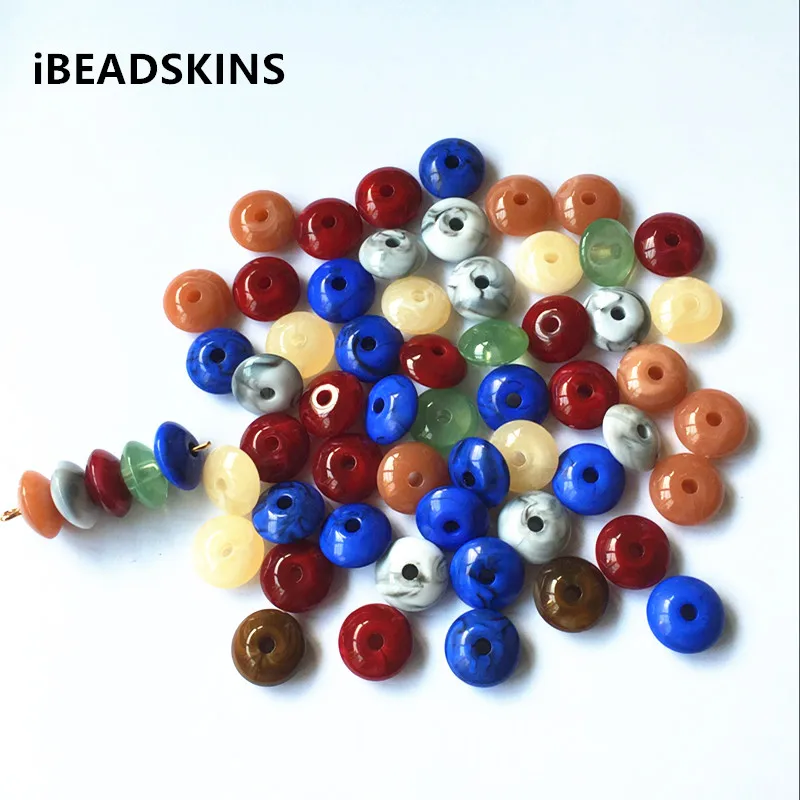

Therefore, higher supply voltage of the microcontroller is needed for displays with higher level of multiplexing. It is common property of all the driving schemes, that the bias ratio goes down with the number of backplane electrodes. Modified waveforms for two backplane electrodes All these reasons led to attempts to organise the display segments into a matrix (just like buttons in a keyboard).įigure 9. The higher the pin count of the microcontroller, the larger the package and cost (number of pins and package size contributes to the microcontroller cost more than one would guess). Another fact is that we need one GPIO pin for each display segment on the microcontroller side. Another problem is to place all the terminals at the top and bottom edges of the display and it may therefore prove difficult to make the display small enough. In case the LCD has pins (as opposed to rubber strip or thermically bonded flat cable), the added pins increase the cost of the display. If the driving scheme for static displays is so simple to implement why should we bother with any other type of LCDs? Since the static displays have one terminal for each segment, the number of terminals starts to rise very quickly when we try to add more digits on the same display. In TN displays the alignment layers and polarisers are created perpendicular to each other, which forces the crystal molecules to twist by 90° under no voltage conditions - see left side of Figure 1.įigure 4. After the hole is sealed, polarisers are applied to top and bottom surfaces of the display. A small hole is left in the epoxy and the liquid crystals are injected between the plates through this hole under a vacuum. A layer of polymer spacer beads is eventually applied to one of the glass plates to maintain uniform gap between the two, the plates are placed together and the edge is sealed with epoxy.


A polymer alignment layer is placed on top of the electrodes and microscopic grooves are created in it during the manufacturing process, which force the crystal molecules to align in parallel to the grooves. The inner glass surfaces are coated with a transparent metal oxide film which acts as an electrode used to apply voltages across the cells. This display consists of a nematic liquid crystal sandwiched between two glass plates.

The most common LCD is called the twisted nematic (TN) display. These have large positive dielectric anisotropy and a strong birefringence, which makes them almost ideal for the twist cell. The first nematic crystals which retained their properties even at room temperatures were developed in the 1960s, but the real breakthrough came when cyanobiphenyl materials were discovered. These materials were not suitable for commercial use however. Properties of liquid crystal materials were discovered in 1888 by an Austrian botanist, F. This article aims at explaining the basic principles of twisted nematic displays and disclosing one possible method of their drive without a specialised interface circuit or microcontroller peripheral. LCD modules driven by HD44780 or compatible controllers have simple interface and low power consumption, however they cost more and their dimensions are often too large to fit into small enclosures.īare LCD displays offer both low power consumption and small size, however their drive is usually considered non-trivial. LED displays with seven or 14 segments per character are available at low cost and in many different sizes, however, they consume a lot of current and this restricts their use in battery powered applications. In embedded applications it is often needed to interact with the user by means of displaying numbers or simple texts.


 0 kommentar(er)
0 kommentar(er)
